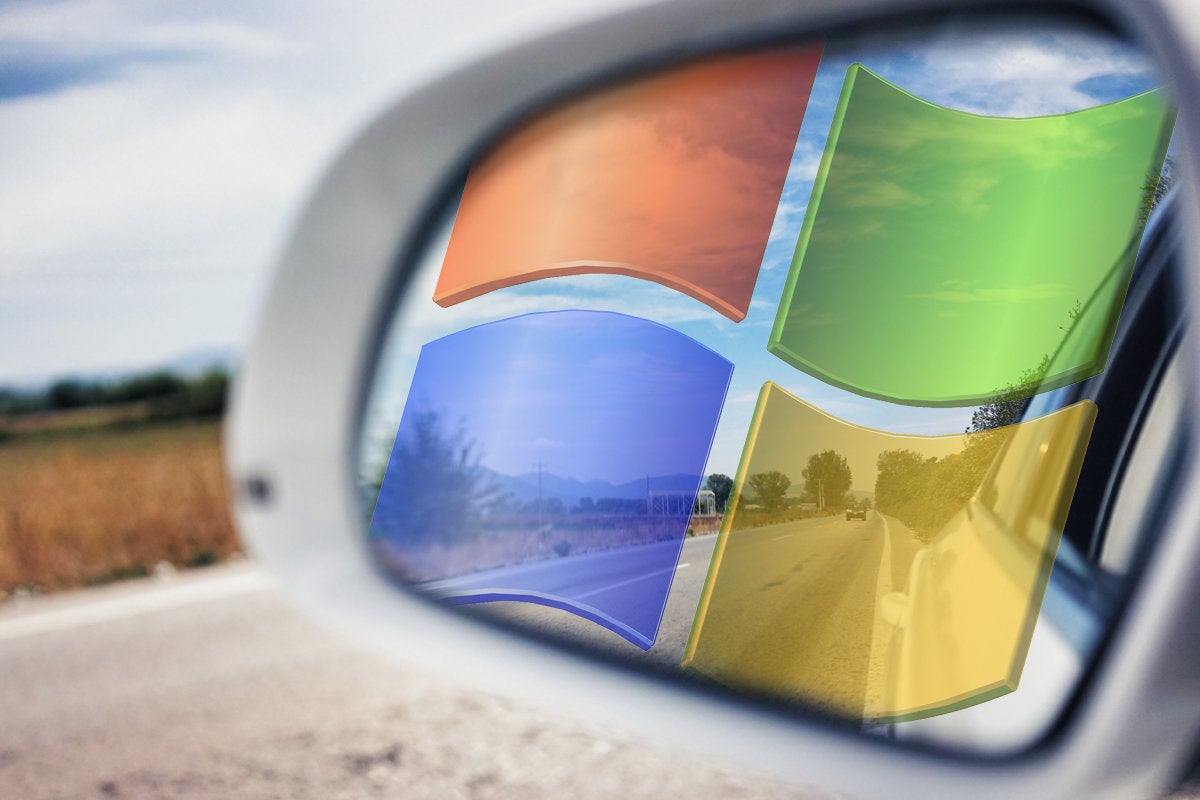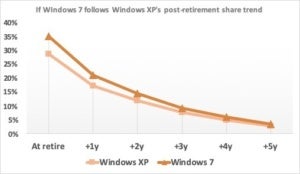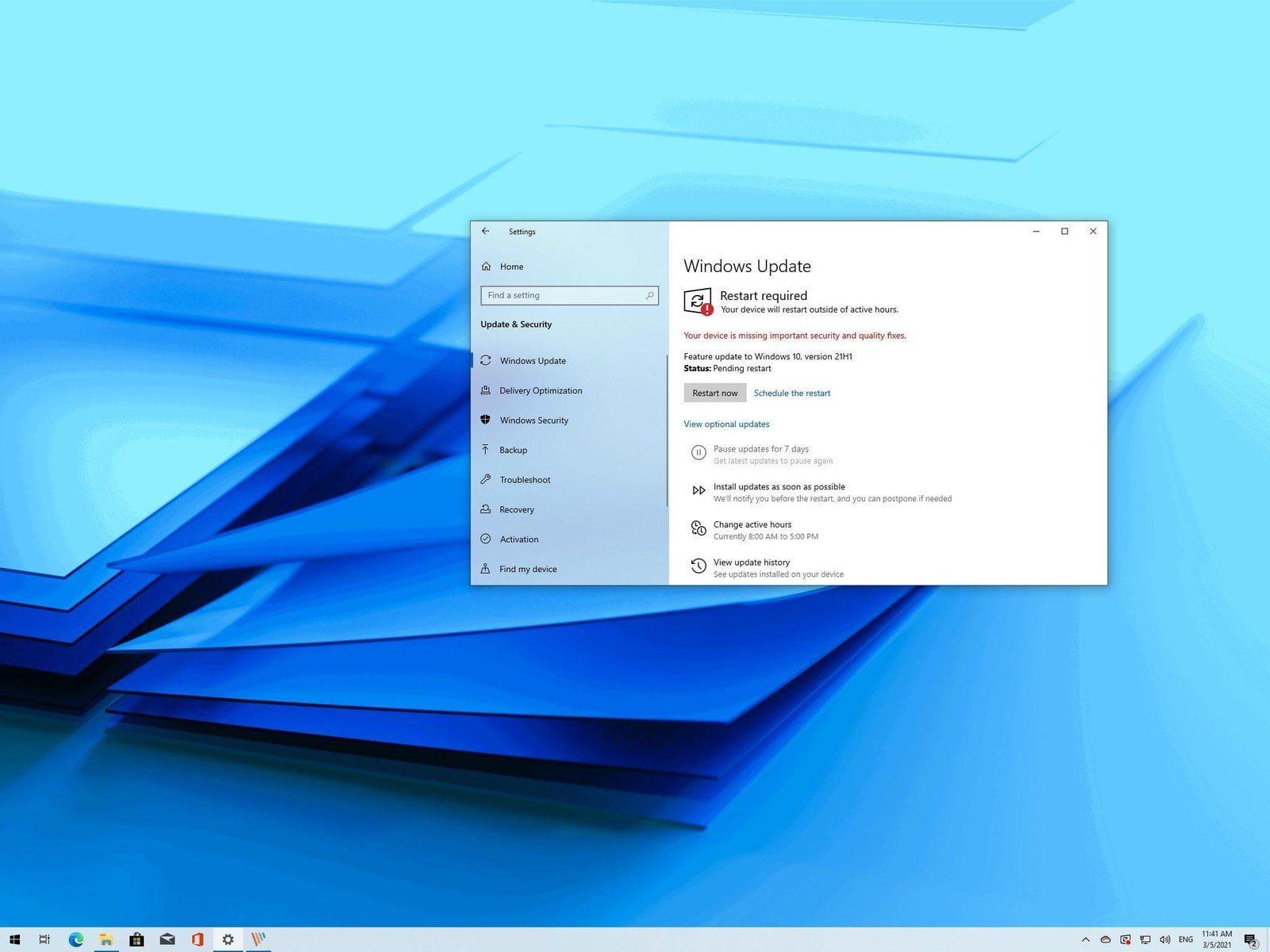
Windows 7 will remain a widely-used OS for at least the next half-decade if its predecessor Windows XP serves as even a crude yardstick.
Five years ago last month, Microsoft moved Windows XP onto its do-not-support list. The company retired the well-worn operating system on April 8, 2014. Yet even now, 60 months after the milestone, more than 40 million PCs worldwide rely on the now-ancient software.
Windows XP’s post-retirement trajectory can be instructive when forecasting what may happen to Windows 7 when it falls off the support list in eight months, on Jan. 14, 2020.
Windows 7: Going, going … and still going
Windows XP exited support with a user share – the measurement of personal computer operating systems’ usage as defined by analytics vendor Net Application – of approximately 29% of all Windows.
That puts Windows 7 in a spot, what with the current Computerworldprediction that at the end of January 2020, Windows 7 will account for just over 35% of all Windows. (That number has fluctuated over the last two years between the low and high 30s, depending on the rate of Windows 7’s user share decline over the preceding 12 months.)
Not surprisingly, Windows XP saw its largest after-retirement drop-off in the first year after Microsoft pulled the support plug. During that span, XP’s share of all Windows fell from 29% to 17.5%, representing a 65.5% decrease. This large wave was almost certainly composed of the conscientious who for one reason or another had missed the deadline but knew they needed a newer OS if they were to keep getting security updates.
(Net Applications’ data seemed to confirm that suspicion, since XP’s decline from April 2014 to April 2015 was front-loaded; the first six months of that year accounted for 60% of the 12-month total.)
Over the next three years, Windows XP’s share of all Windows dropped by about 50% each year. From April 2015 to April 2016, for example, Windows XP slid from 17.5% to 12%, a 5.5-percentage point fall and a decline of 46%. The next two years each saw a decline of 56%. Think of those years as the gradual surrender of XP users who had felt no great pressure to upgrade. They remained sanguine about running an outdated OS, security updates be damned, but eventually left the 2001 XP behind or dumped PCs altogether.
However, in the fifth year after Windows XP’s retirement – April 2018 to April 2019 – XP’s rate of decline accelerated to nearly 77% as its share of all Windows plunged from 5% to 2.8%. The faster fall could represent last-ditch users who finally woke up to the fact that their OS was not only old, but Microsoft’s Methuselah.
Contents
If Windows 7 follows Windows XP, here are the numbers
No two operating systems are alike. If they were, Windows Vista – the intended replacement for Windows XP – would have a user share larger than two-tenths of a percentage point. (That’s about one-thirteenth as much as XP, from an OS five years younger.) And Windows 8, theoretically 7’s successor, would account for more than just 5.7% of all Windows.
But if Windows 7 does end up following XP’s lead in post-retirement, here is what will happen.
 IDG/Gregg Keizer
IDG/Gregg KeizerThe first year, through January 2021, Windows 7 will slump from 35.3% (again, that’s the latest forecast, based on the 12-month average) to 21.3%. That 14-point fall – a 66% decline – would represent users and organizations scrambling to upgrade in time but missing the deadline. Expect a majority of that year-long slide, say about 8.5 percentage points, to happen before July 31, 2020.
Over the next three years, Windows 7 would drop further, hitting 14.6%, 9.3% and 6% at the end of January 2022, 2023 and 2024, respectively. The trio may not look harmful to the Windows ecosystem – organizations in particular are at risk from even a small number of unpatched PCs, as attackers can exploit them to gain a beach head on the network for damage and theft within the perimeter – but expressed a different way, the first number means that one out of every seven Windows personal computers will still be running 7 two years after it’s put to pasture. For comparison, about one in eight Windows computers ran XP at retirement +2 years.
(Microsoft’s decision to offer paid extended support for Windows 7 to corporate customers looks smart under this scenario. That support can be purchased to cover devices through January 2023.)
The fifth year of Windows 7’s after-support timeline – January 2025 – would end with 3.4% of all Windows PCs running the ancient OS.
Windows 7 milestones before retirement
In the coming months, Windows 7 will continue to shed user share, but almost certainly not every month. Net Applications, for instance, has claimed Windows 7 gained share in three of the past 12 months.
The operating system is on a 12-month trend of -0.6%, meaning that on average it loses six-tenths of a percentage point monthly. If it keeps to that average, Windows 7 would slip under the 40% (of all Windows PCs) mark in late June, end September with 38% and then close the year at an even 36%.
Meanwhile, Windows 10 – which in the zero-sum OS game wins when Windows 7 loses – should make 52% in June, 56% in October and fall under 59% by the time Microsoft crosses 7 off the support list in January.
A year after Windows 7’s retirement – in January 2021 – Windows 10 should stand at more than 70% of all Windows PCs.
[“source=computerworld”]




